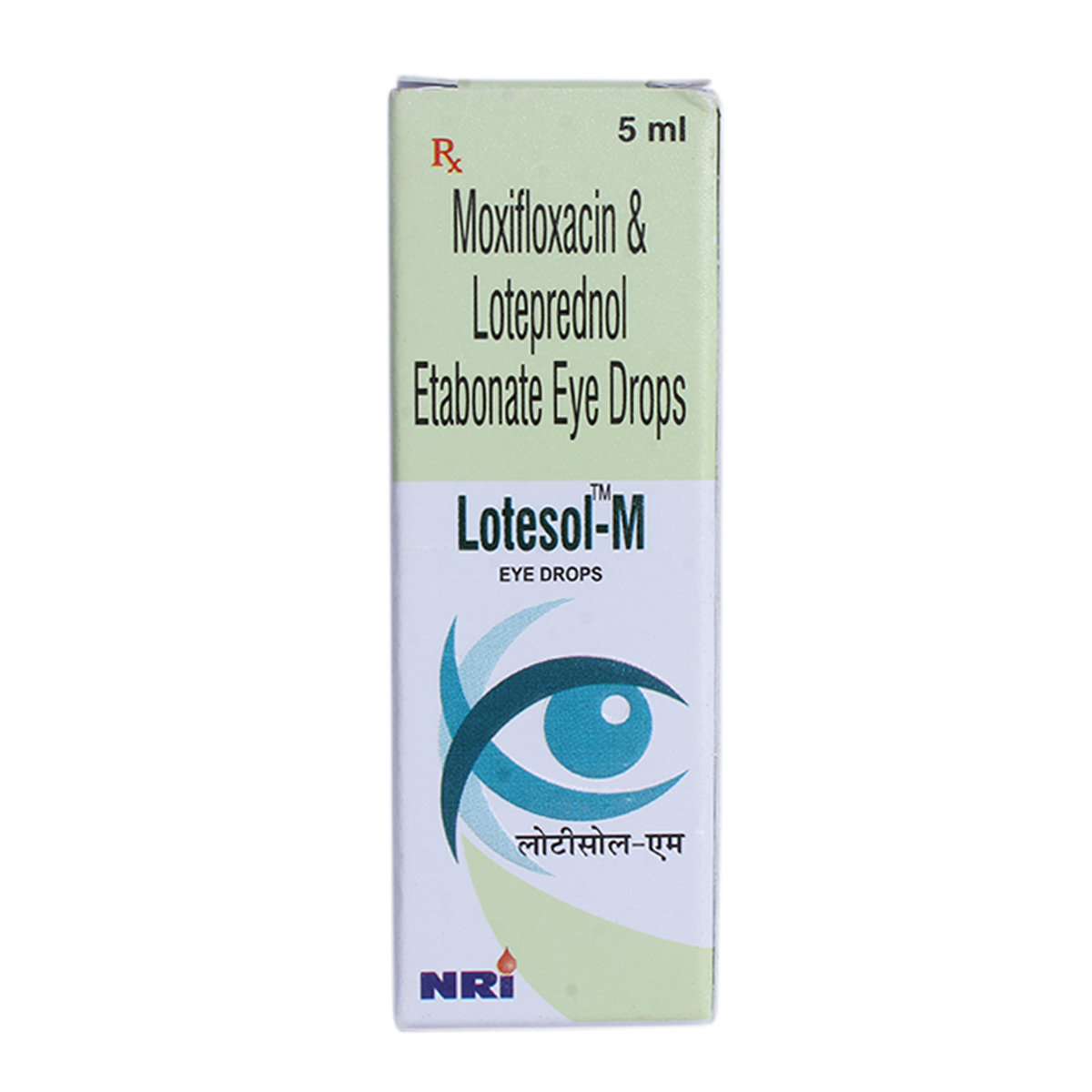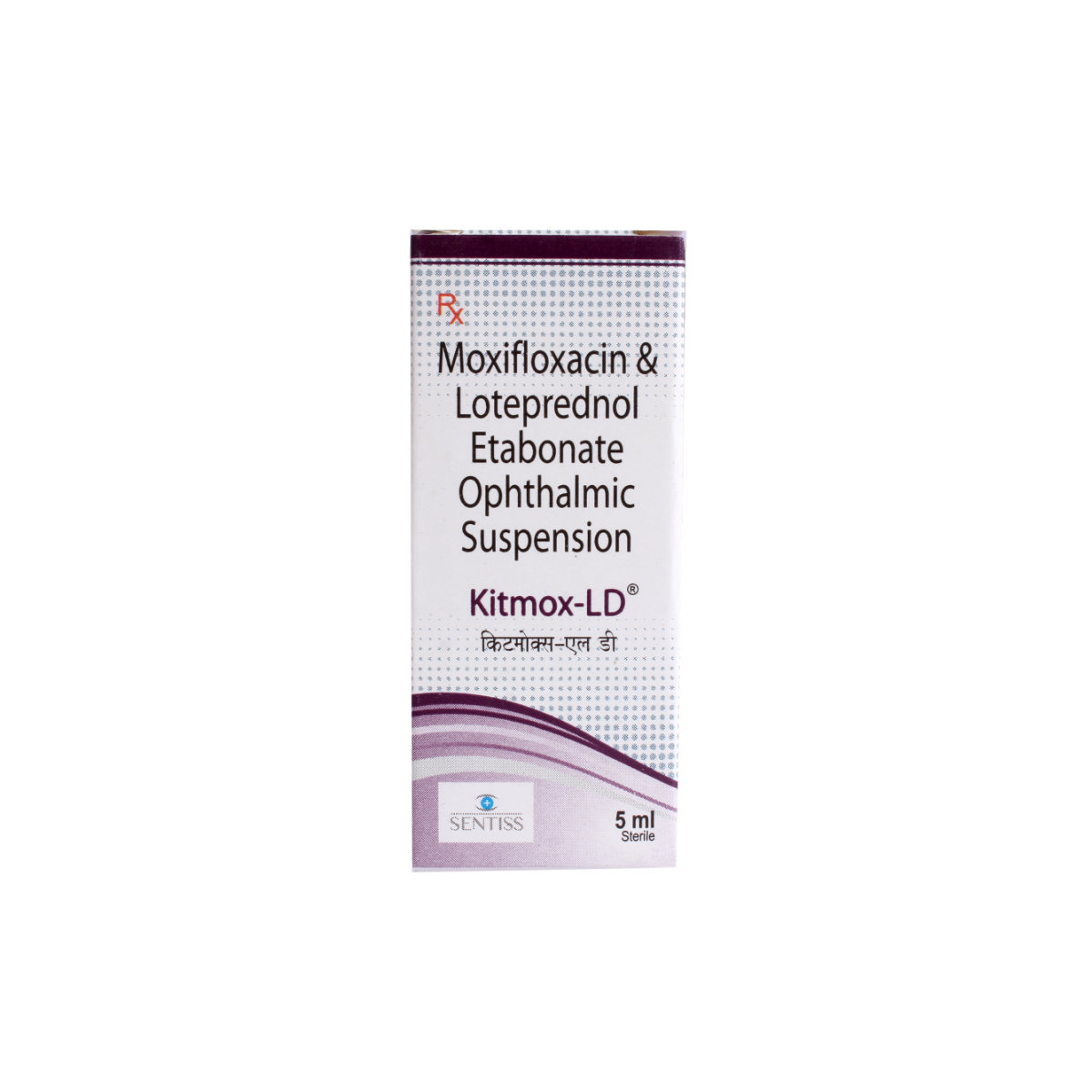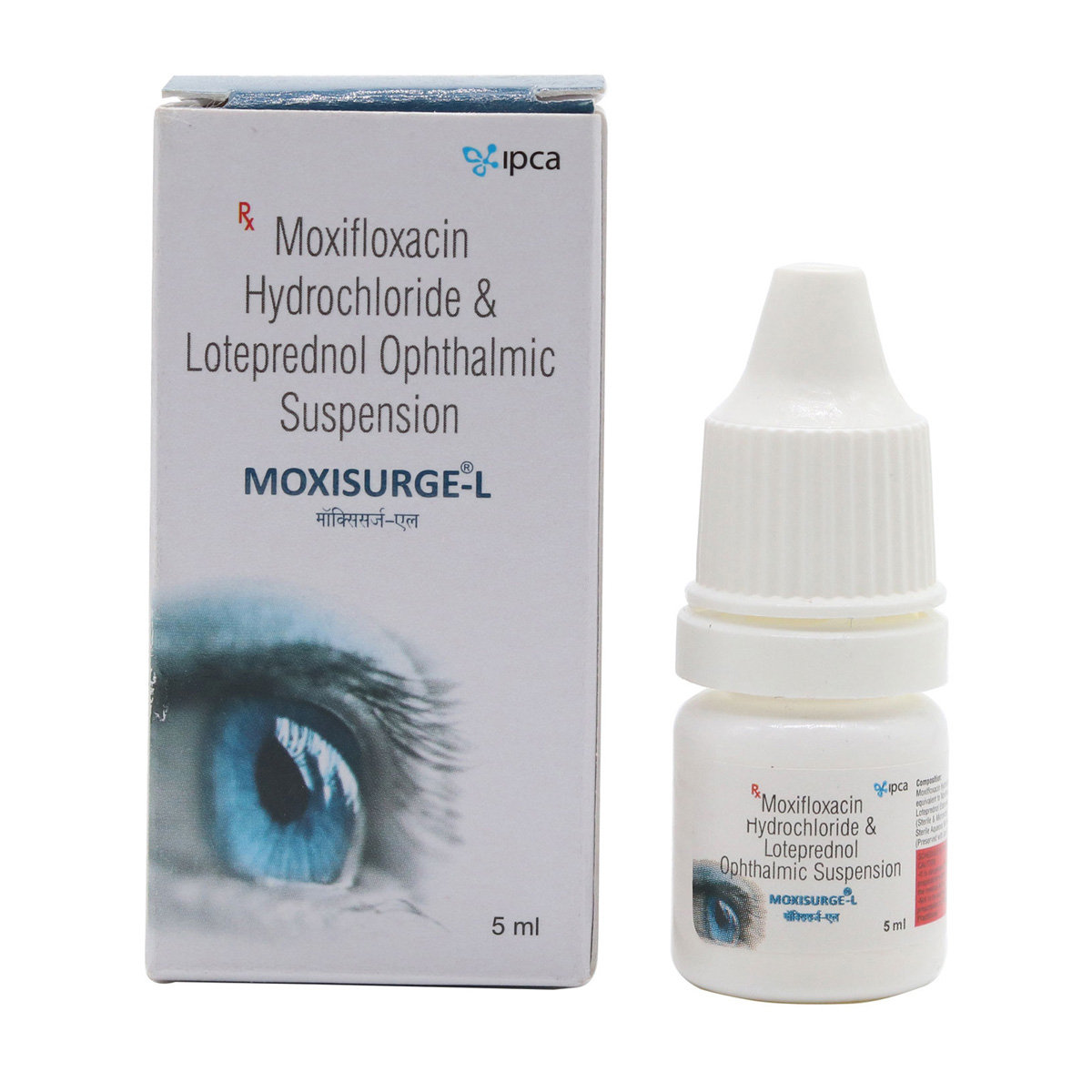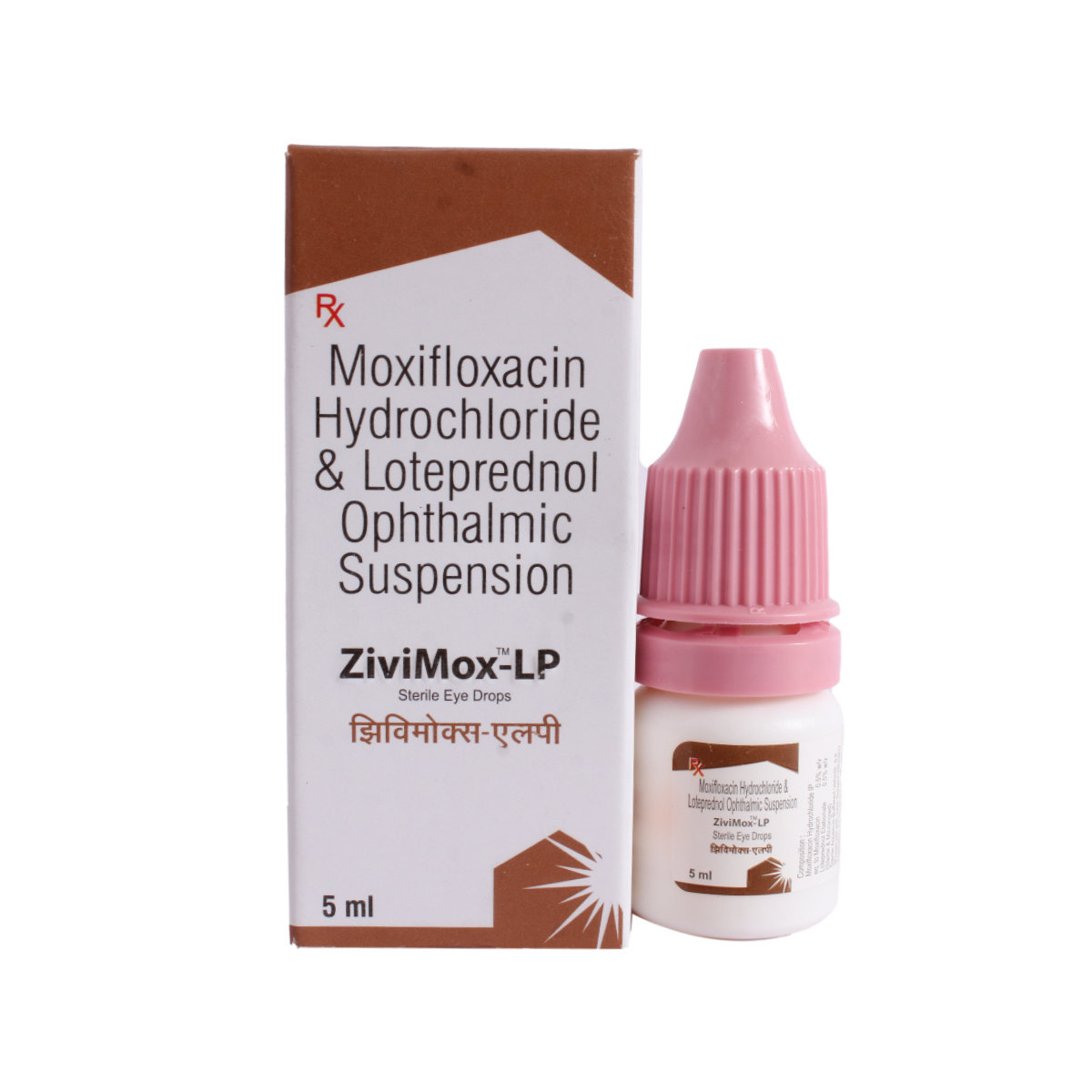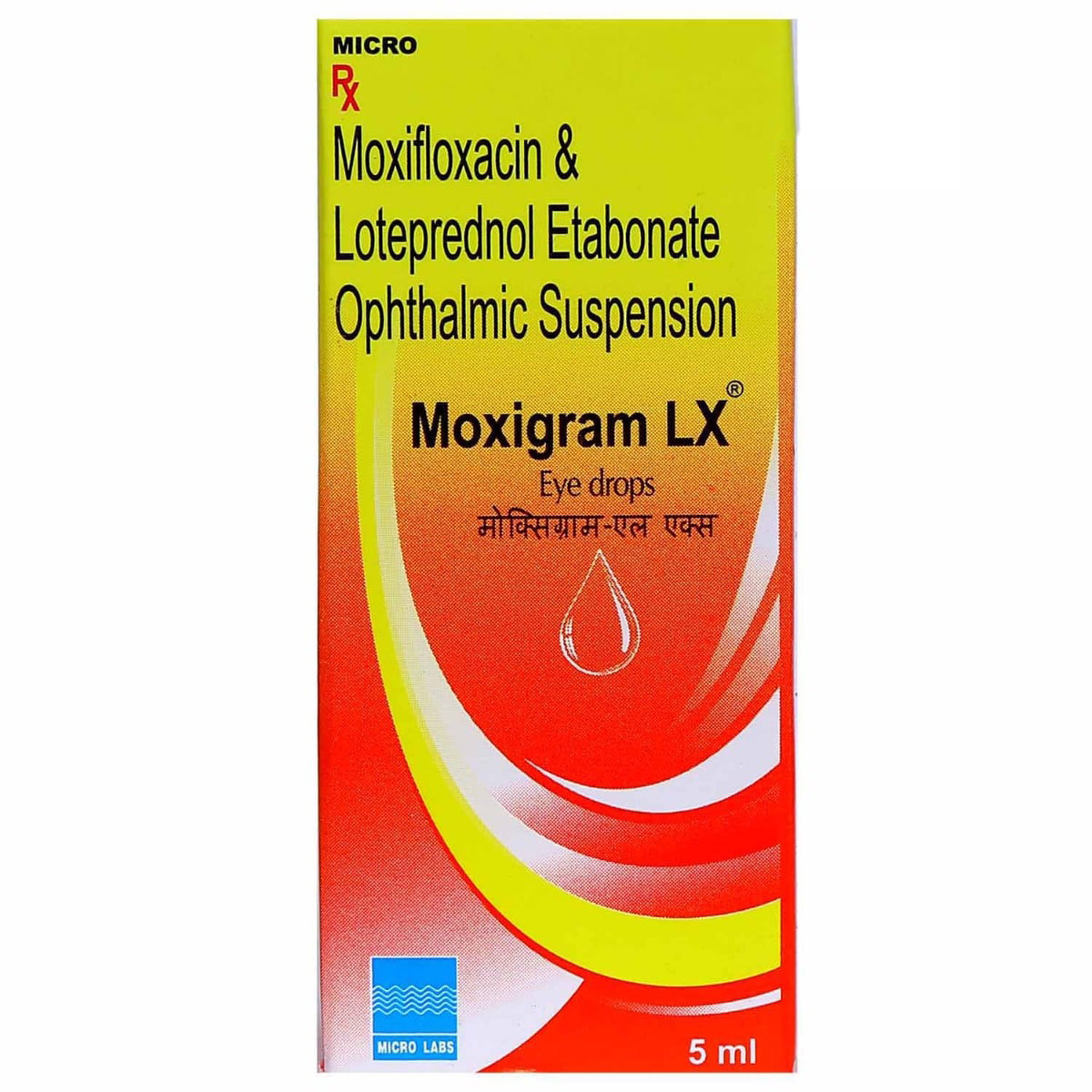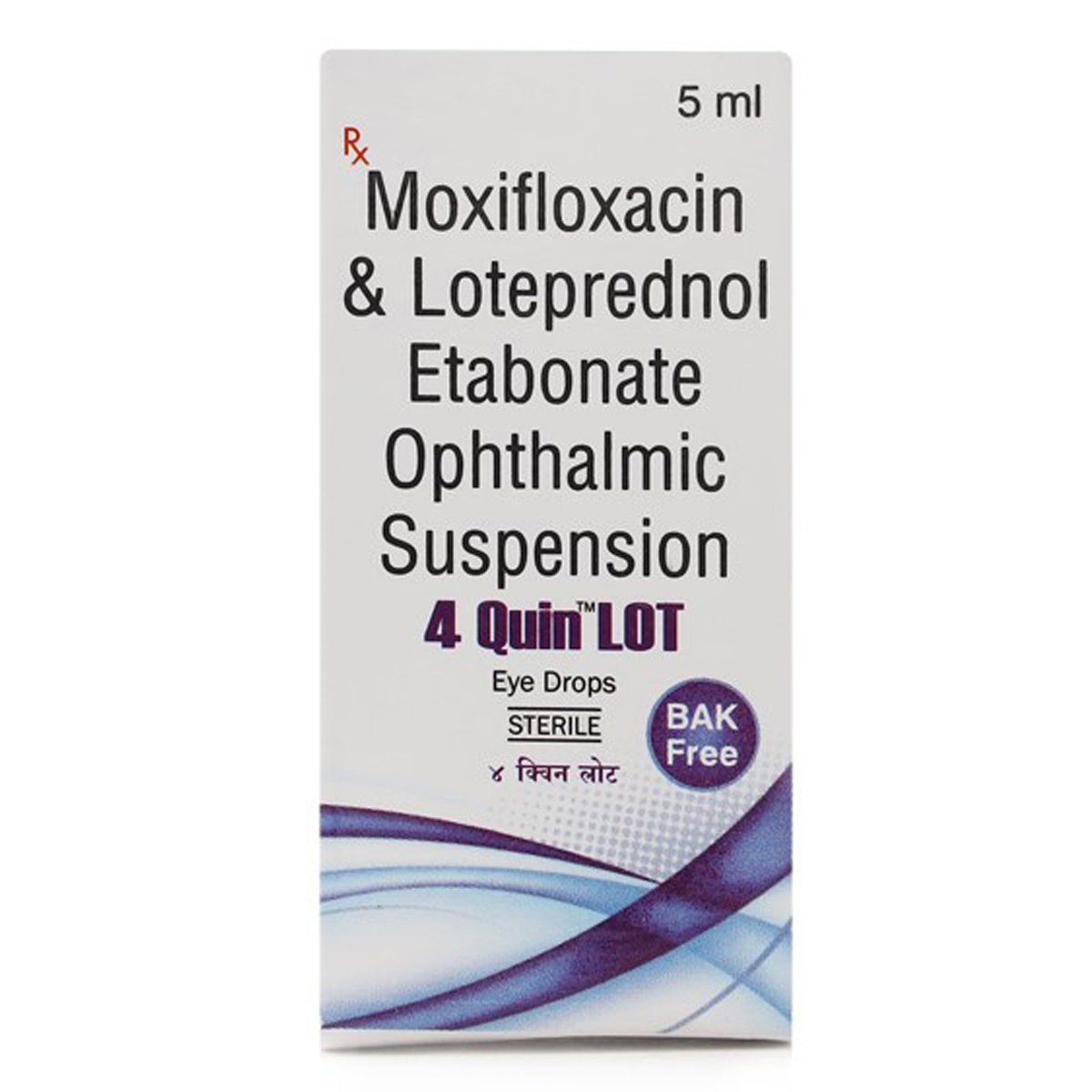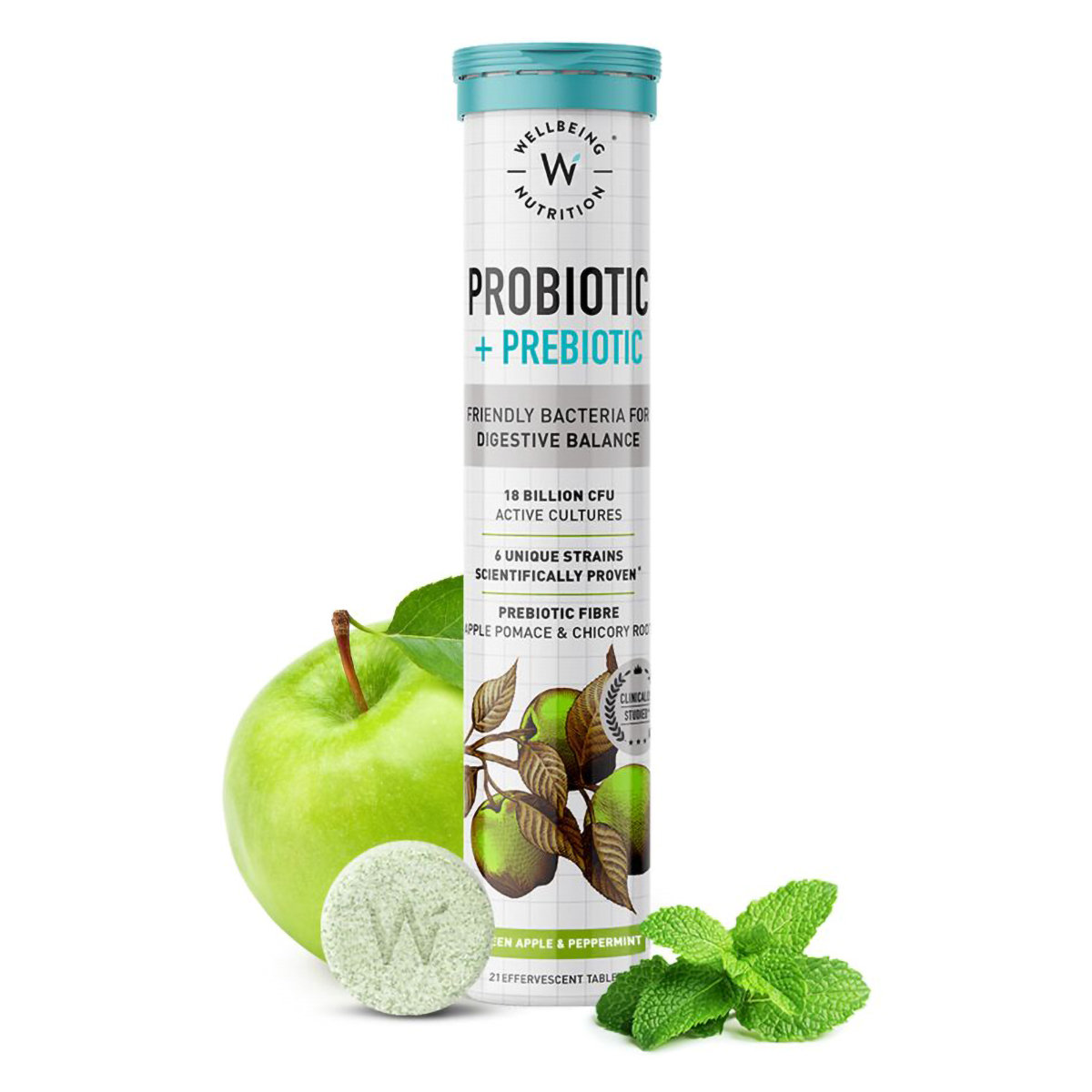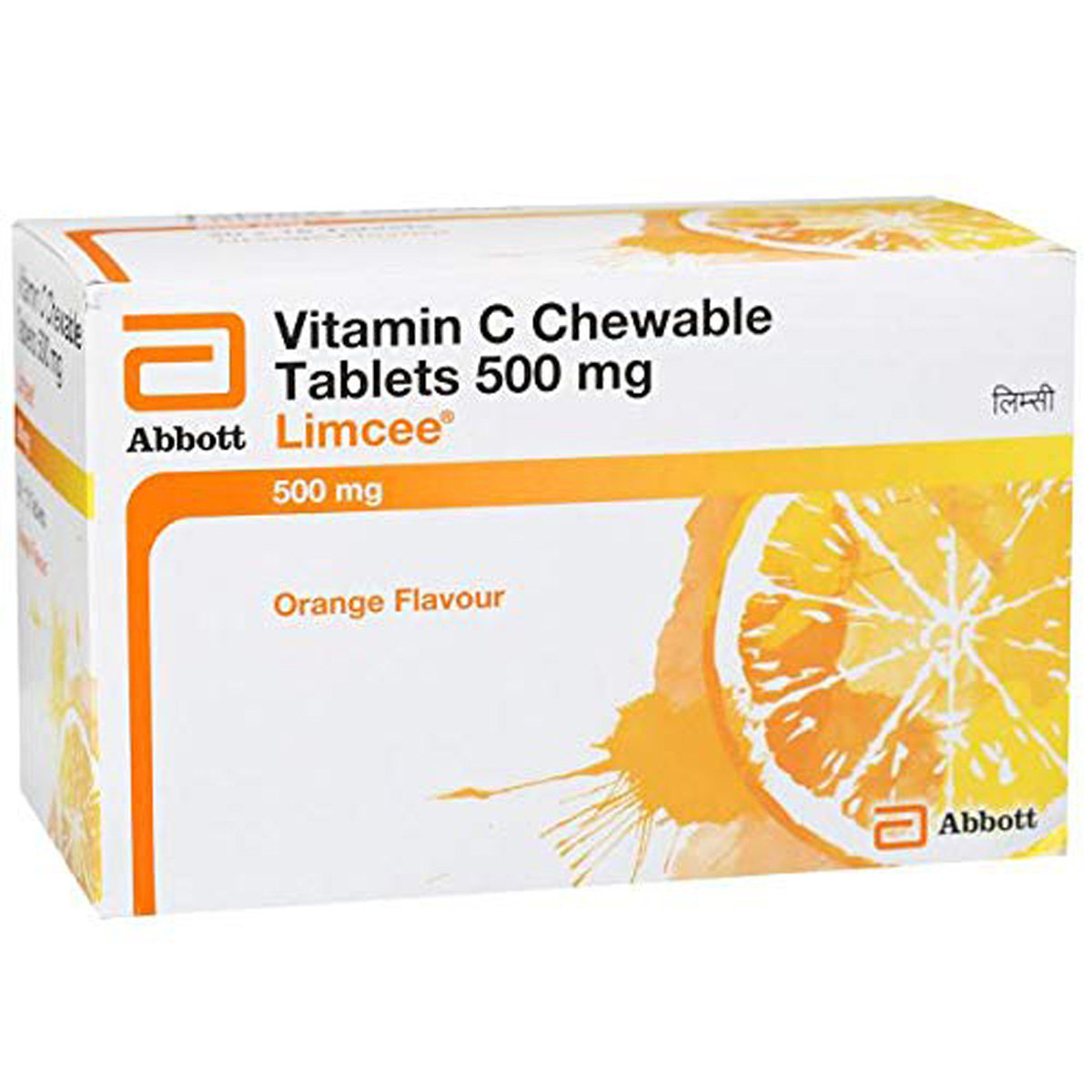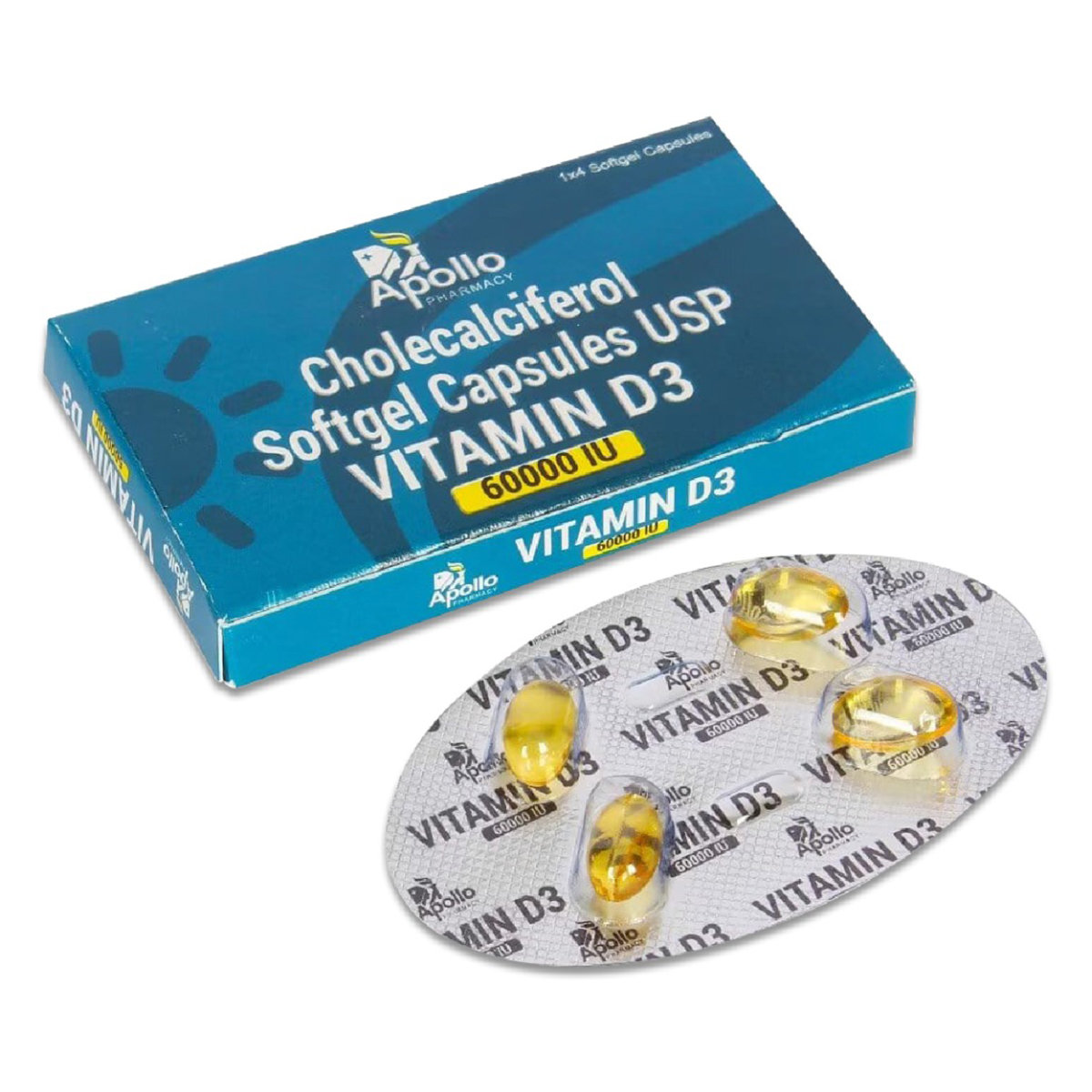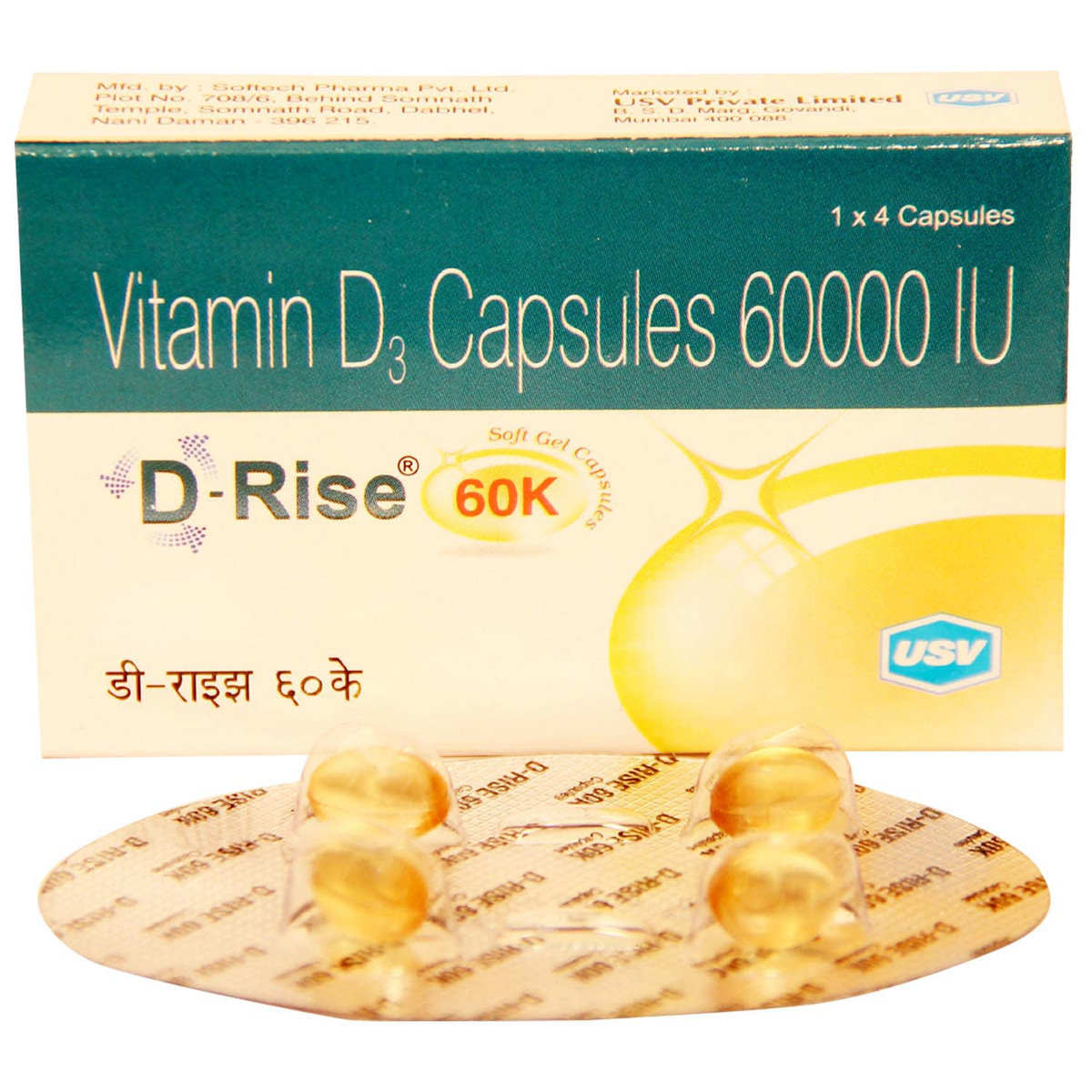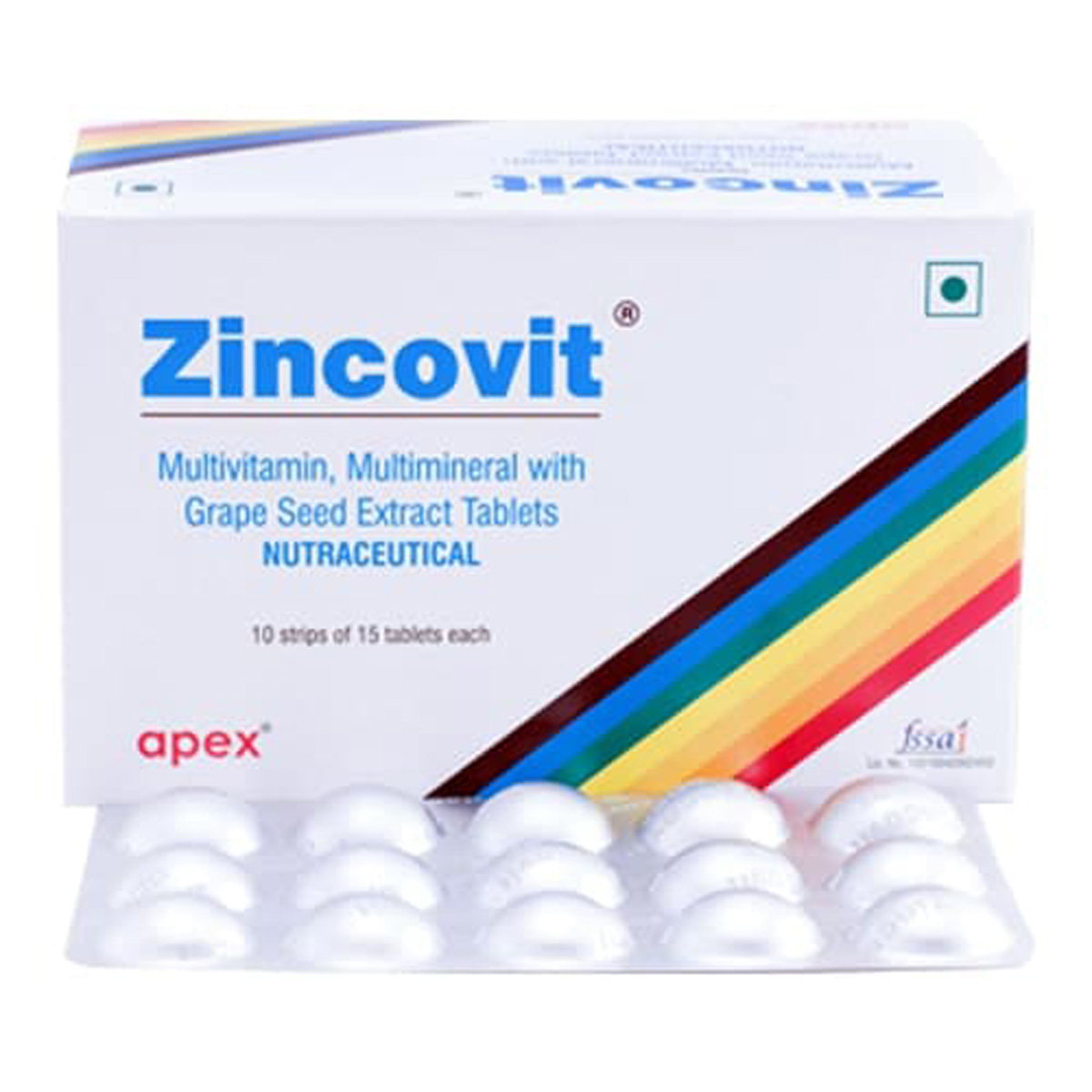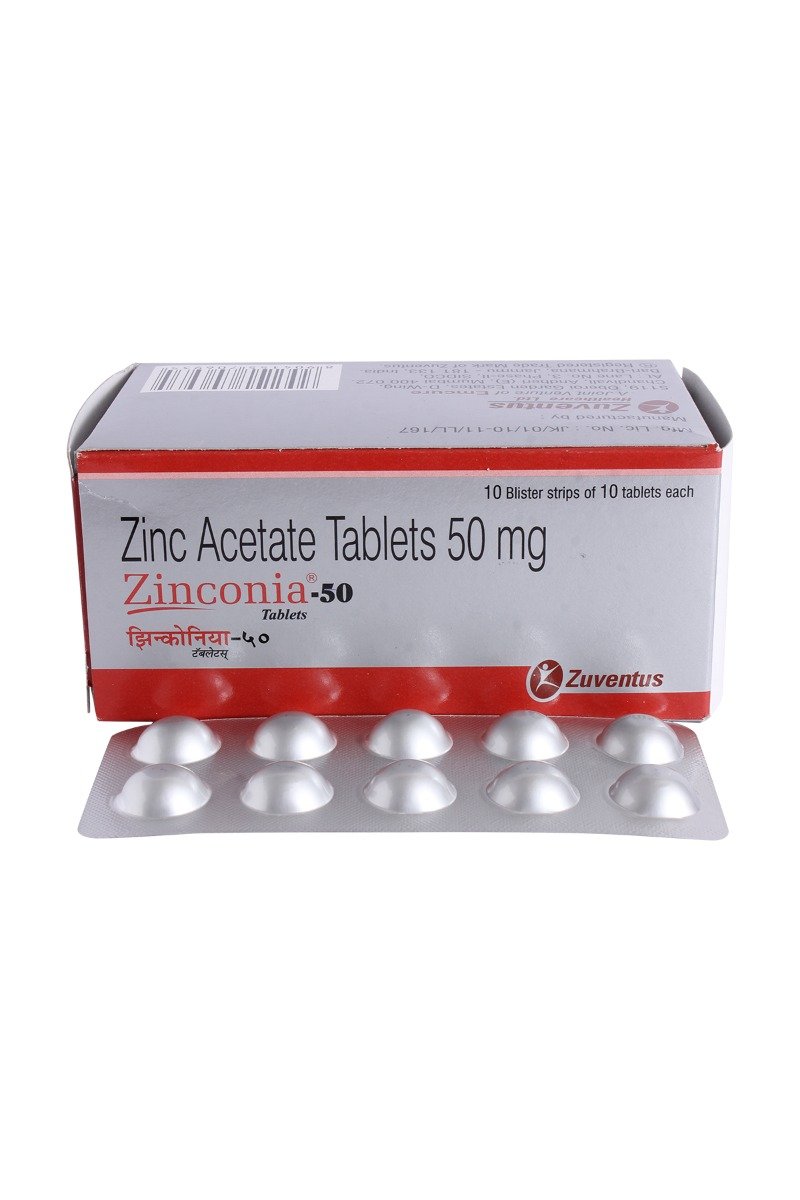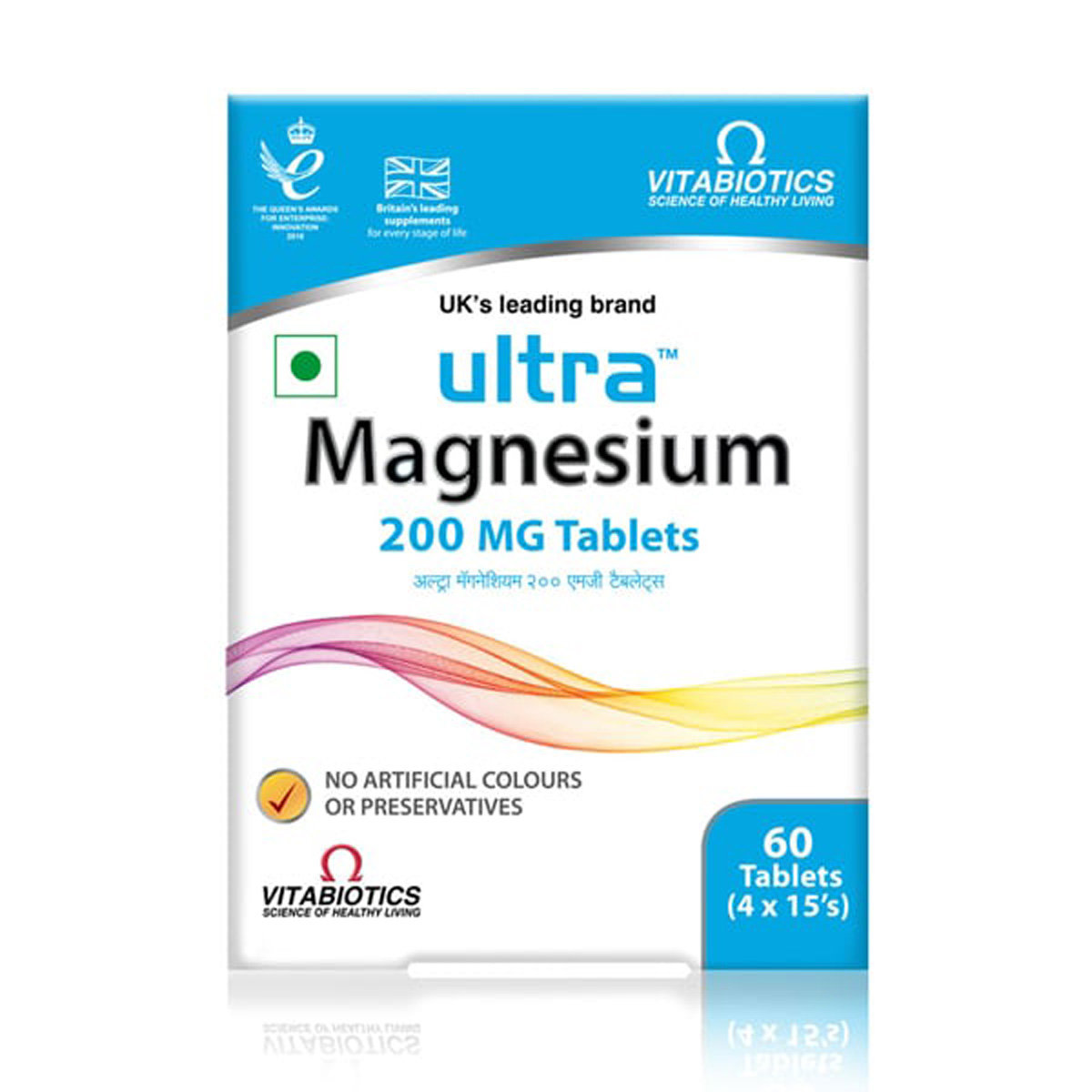Apdrops LP Eye Drops 5 ml
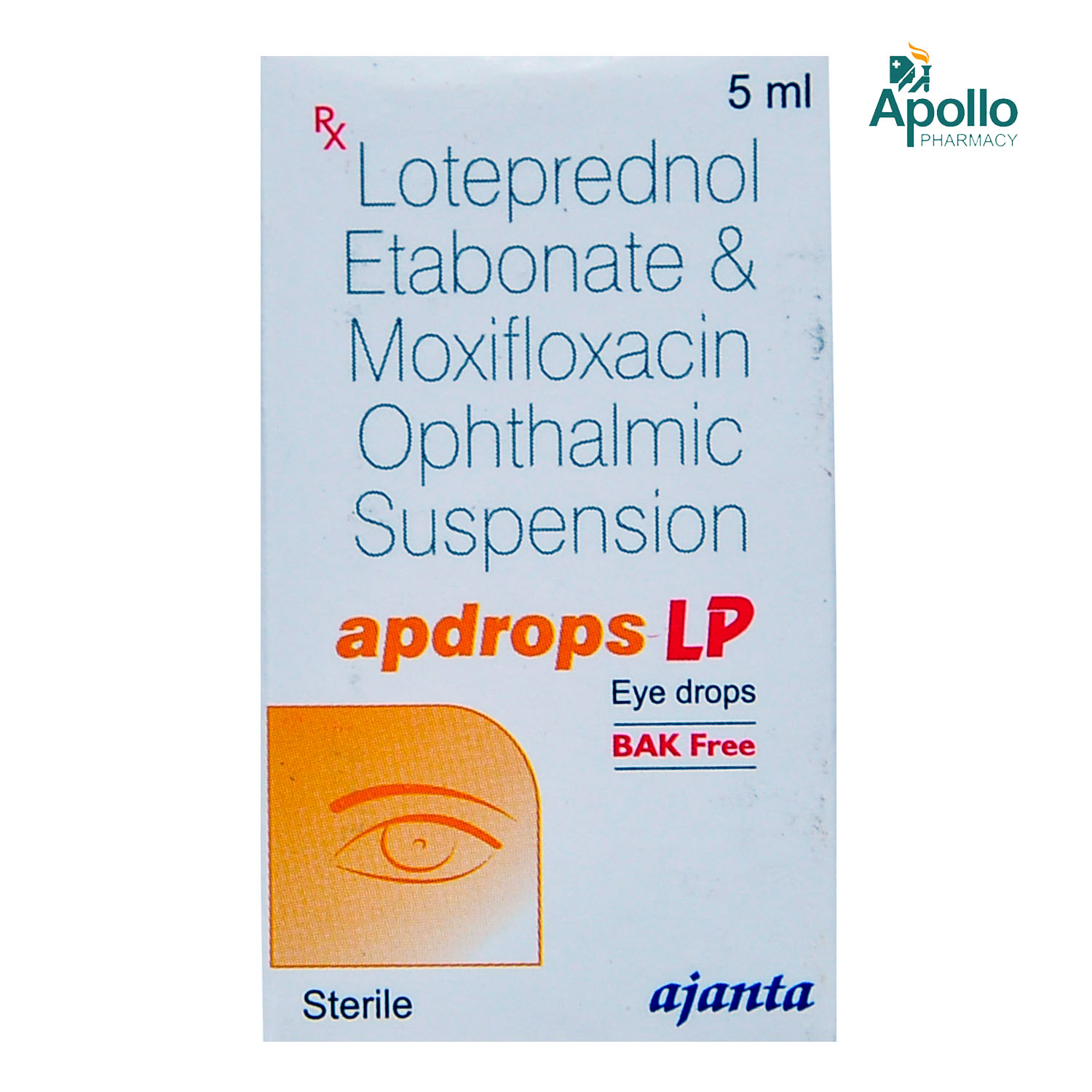
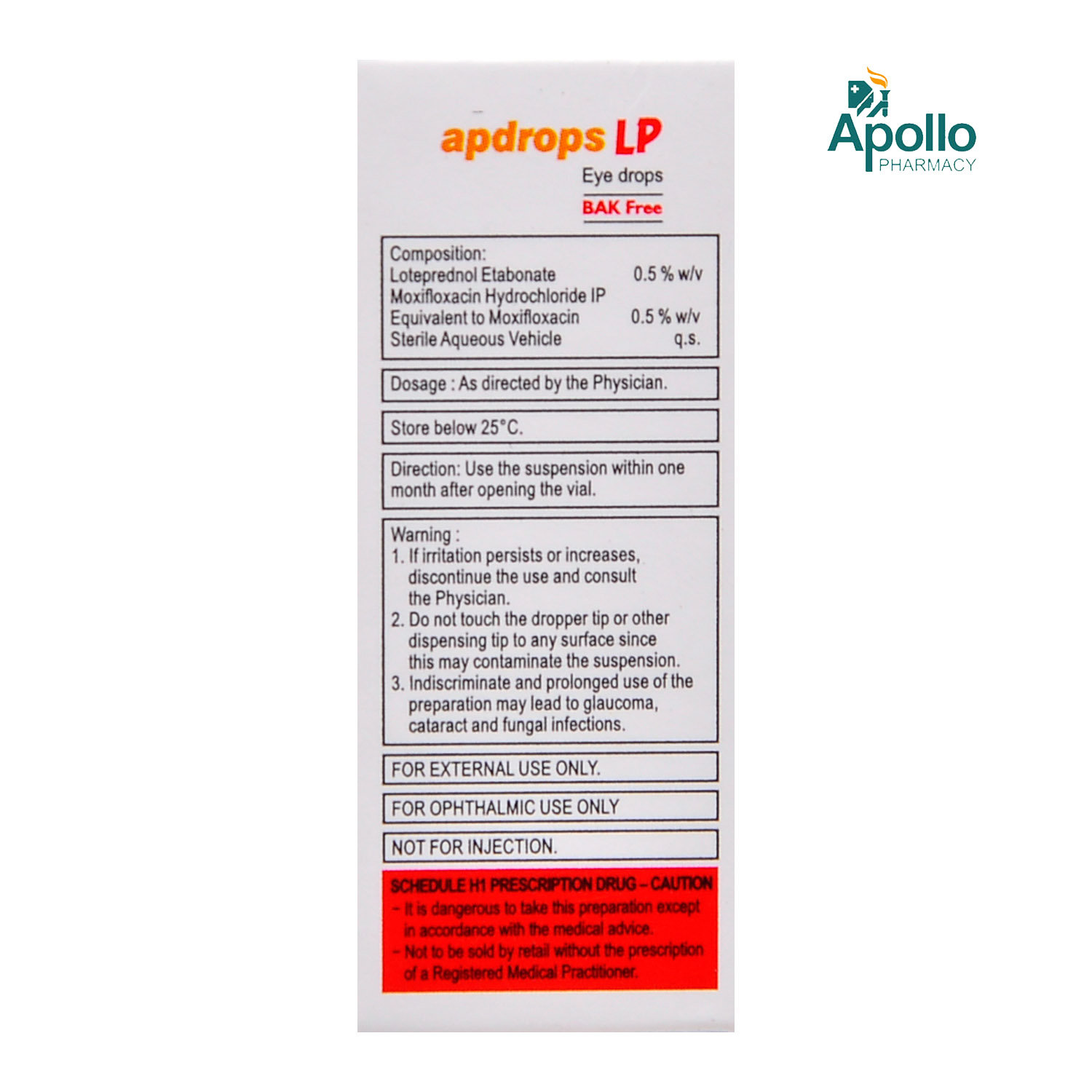
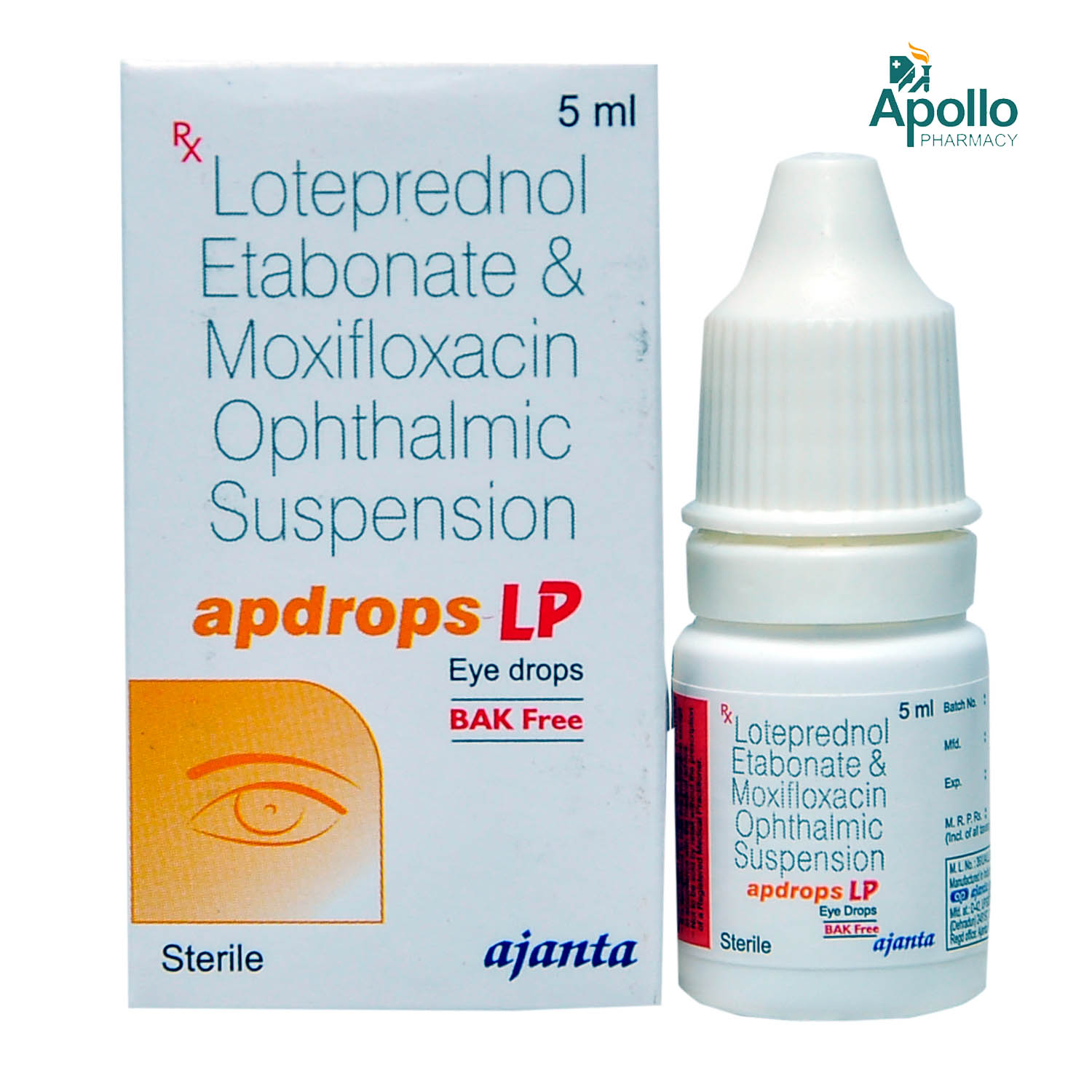
MRP ₹233
(Inclusive of all Taxes)
₹35.0 Cashback (15%)
know your delivery time
Provide Delivery Location
Composition :
Manufacturer/Marketer :
Consume Type :
Expires on or after :
Return Policy :

Secure Payment

Trusted by 8 Crore Indians

Genuine Products
Therapeutic Class
Country of origin
Manufacturer/Marketer address
Author Details
We provide you with authentic, trustworthy and relevant information
Disclaimer
Alcohol
Safe if prescribed
Do not take alcohol while using Apdrops LP Eye Drops 5 ml as it may affect your ability to fight infections.
Pregnancy
Consult your doctor
Inform your doctor before receiving Apdrops LP Eye Drops 5 ml if you have had a kidney impairment/disorder history. Your doctor will prescribe only if the benefits outweigh the risks.
Breast Feeding
Consult your doctor
Let your doctor know if you are a nursing mother before taking Apdrops LP Eye Drops 5 ml; your doctor will decide whether Apdrops LP Eye Drops 5 ml can be taken by breastfeeding mothers or not.
Driving
Safe if prescribed
Apdrops LP Eye Drops 5 ml may cause side effects like blurry vision, affecting your driving ability. Do not drive or operate machinery in such cases. Drive only when you are alert and have clear vision.
Liver
Consult your doctor
Inform your doctor before receiving the Apdrops LP Eye Drops 5 ml if you have had a liver impairment/disorder history. Your doctor will prescribe only if the benefits outweigh the risks.
Kidney
Consult your doctor
Inform your doctor before receiving the Apdrops LP Eye Drops 5 ml if you have had a kidney impairment/disorder history. Your doctor will prescribe only if the benefits outweigh the risks.
Children
Safe if prescribed
Apdrops LP Eye Drops 5 ml should be used with caution in children. It is not recommended for use in newborns.
Product Substitutes
About Apdrops LP Eye Drops 5 ml
Apdrops LP Eye Drops 5 ml belongs to a group of medications called 'Antibiotics and Corticosteroids' used to treat bacterial eye infections or eye discomfort. It is also used in patients who have undergone eye surgeries. It is effectively used to treat eye inflammation caused by allergies, shingles, severe acne, iritis (inflammation of the coloured part of the eye (iris)), uveitis (inflammation of the middle layer of the eye (uvea)), eye injury, radiation, and chemical burns. A bacterial eye infection occurs when bacteria invade any part of the eyeball or its surrounding tissues, including the cornea (clear front surface of the eye) and the conjunctiva (thin membrane lining the outer eye and inner eyelids). Apdrops LP Eye Drops 5 ml is used to prevent or treat only bacterial eye infections. It does not work against infections caused by viruses and fungi.
Apdrops LP Eye Drops 5 ml contains two medicines: Moxifloxacin (antibiotic) and Loteprednol (corticosteroid). Moxifloxacin belongs to a class of drugs called fluoroquinolone antibiotics. Moxifloxacin is an antibiotic that helps treat and prevent a wide range of bacterial infections. It kills bacteria (bactericidal action) by preventing the synthesis of enzymes, namely DNA gyrase and Topoisomerase II and IV, which is essential for the growth and survival of the bacterial cell. Loteprednol belongs to the class of corticosteroids. It blocks prostaglandins' production (chemical messengers), making the eye red, swollen, and itchy. Together, Apdrops LP Eye Drops 5 ml prevents the spread of eye infections caused by bacteria and reduces inflammation and pain.
Apdrops LP Eye Drops 5 ml is available in the form of an ophthalmic solution (eye drops). Your doctor will advise on how often you take Apdrops LP Eye Drops 5 ml based on your medical condition. Some common side effects of eye drop formulation of Apdrops LP Eye Drops 5 ml include redness in the eyes, blurred vision, burning or stinging sensation in the eye, and eye discomfort. These side effects do not require medical attention and gradually resolve over time.
Please do not use Apdrops LP Eye Drops 5 ml without consulting your doctor if you have a damaged cornea, ulcers in the eye, eye infection and producing pus, open lesions in the eye, and glaucoma (a condition where the pressure inside the eye is increased). Inform your doctor if you are pregnant or breastfeeding before using Apdrops LP Eye Drops 5 ml. Avoid touching the eyedropper with bare hands or taking it closer to the eyelids while administering drops since it contaminates the dropper tip and solution. If you wear contact lenses, please inform your doctor since the Apdrops LP Eye Drops 5 ml may contain additives like Benzalkonium chloride that change the lens's colour. Apdrops LP Eye Drops 5 ml sometimes may make your eye red after administration; in such cases, please avoid wearing a lens until the eye improves. Avoid driving or operating machines since the administration of eye drops of Apdrops LP Eye Drops 5 ml cause blurred vision for a while after use.
Uses of Apdrops LP Eye Drops 5 ml
Medicinal Benefits Mweb
Key Benefits
Apdrops LP Eye Drops 5 ml is a combination of two medicines: Moxifloxacin and Loteprednol. Moxifloxacin is a fluoroquinolone and broad-spectrum antibiotic. It can act against both gram-positive and gram-negative bacteria. It kills bacteria (bactericidal action) by preventing the synthesis of enzymes, namely DNA gyrase and Topoisomerase II and IV, which is essential for the growth and survival of the bacterial cell. Loteprednol is a corticosteroid with anti-inflammatory properties and acts by inhibiting the chemicals such as prostaglandins production (chemical messengers) that make the eye red, swollen, and itchy. It reduces symptoms associated with infection, such as redness and irritation of the eye, and decreases the risk of infections. Collectively, Apdrops LP Eye Drops 5 ml treats and prevents bacterial eye infections and eye inflammation caused by allergies, shingles, severe acne, iritis (inflammation of the coloured part of the eye (iris)), uveitis (inflammation of the middle layer of the eye (uvea)), eye injury, radiation, and chemical burns. Apdrops LP Eye Drops 5 ml is used to prevent or treat only bacterial eye infections. It does not work against infections caused by viruses and fungi.
Directions for Use
Side Effects of Apdrops LP Eye Drops 5 ml
- Blurred vision
- Burning/stinging sensation in the eyes
- Redness in the eyes
- Watery eyes
- Inflammation of cornea
Drug Warnings
Please inform your doctor if you are allergic to Apdrops LP Eye Drops 5 ml or any other medicines. Before taking Apdrops LP Eye Drops 5 ml, inform your doctor if you have vision problems, severe eye pain, ulcers, glaucoma (raised pressure in the eye), eye injury, or have undergone eye surgery or any other eye drops or eye ointment. If you wear contact lenses, please inform your doctor since Apdrops LP Eye Drops 5 ml may contain additives like Benzalkonium chloride that change the lens's colour. Apdrops LP Eye Drops 5 ml sometimes may make your eye red after administration; in such cases, please avoid wearing a lens until the eye becomes better. Do not use eye drops for longer than recommended by your doctor, as it may increase the risk of cataracts (clouding of the eye) and increase the risk of a second infection. So, inform your doctor immediately if you notice any persistent visual disturbances while using this medicine. It is advised to check with your doctor before using Apdrops LP Eye Drops 5 ml if you are pregnant or breastfeeding. Avoid driving or operating machines since the administration of eye drops of Apdrops LP Eye Drops 5 ml cause blurred vision for a while after use.
Drug-Drug Interactions
Drug-Drug Interactions
Login/Sign Up
Using Apdrops LP Eye Drops 5 ml with Ziprasidone can increase the risk of irregular heart rhythm.
How to manage the interaction:
Taking Apdrops LP Eye Drops 5 ml with Ziprasidone is not recommended as it can lead to an interaction; it can be taken together if prescribed by a doctor. However, consult your doctor if you experience sudden dizziness, lightheadedness, fainting, shortness of breath. Do not discontinue any medications without consulting a doctor.
Taking Amiodarone and Apdrops LP Eye Drops 5 ml may significantly raise the risk of an abnormal heart rhythm.
How to manage the interaction:
Taking Amiodarone and Apdrops LP Eye Drops 5 ml is not recommended as it can lead to an interaction; it can be taken if advised by a doctor. If you get dizziness, or fast or racing heartbeats, consult a doctor. Do not stop taking any medications without visiting a doctor.
Using quinidine together with Apdrops LP Eye Drops 5 ml can increase the risk of an irregular heart rhythm.
How to manage the interaction:
Taking Apdrops LP Eye Drops 5 ml with Quinidine can cause an interaction, consult a doctor before taking it. You should seek immediate medical attention if you develop sudden dizziness, lightheadedness, fainting, or fast or pounding heartbeats. Do not stop using any medications without talking to a doctor.
Using procainamide together with Apdrops LP Eye Drops 5 ml can increase the risk of an irregular heart rhythm.
How to manage the interaction:
Taking Apdrops LP Eye Drops 5 ml with Procainamide can cause an interaction, consult a doctor before taking it. You should seek immediate medical attention if you develop sudden dizziness, lightheadedness, fainting, or fast or pounding heartbeats. Do not stop using any medications without talking to a doctor.
Using Halofantrine together with Apdrops LP Eye Drops 5 ml can increase the risk of an irregular heart rhythm.
How to manage the interaction:
Taking Apdrops LP Eye Drops 5 ml with Halofantrine is not recommended as it can lead to an interaction; it can be taken if advised by your doctor. You should seek immediate medical attention if you develop sudden dizziness, lightheadedness, fainting, shortness of breath, or heart palpitations.
Using dronedarone together with Apdrops LP Eye Drops 5 ml can increase the risk of an irregular heart rhythm.
How to manage the interaction:
Taking Apdrops LP Eye Drops 5 ml with Dronedarone is not recommended as it can lead to an interaction; it can be taken if advised by your doctor. You should seek immediate medical attention if you develop sudden dizziness, lightheadedness, fainting, shortness of breath, or heart palpitations.
Combining Apdrops LP Eye Drops 5 ml with Sotalol can increase the risk or severity of irregular heart rhythms which can be severe. The risk increases in patients with a history of heart illness or electrolyte imbalance.
How to manage the interaction:
Taking Sotalol with Apdrops LP Eye Drops 5 ml is not recommended as it can result in an interaction, it can be taken if a doctor has advised it. However, if you experience sudden dizziness, lightheadedness, fainting, or fast or pounding heartbeats, contact a doctor immediately. Do not discontinue any medications without consulting a doctor.
Coadministration of Apdrops LP Eye Drops 5 ml with Bepridil may increase the risk of an irregular heart rhythm.
How to manage the interaction:
Taking Apdrops LP Eye Drops 5 ml with Bepridil is not recommended, please consult a doctor before taking it. Call a doctor if you experience dizziness, shortness of breath, or irregular heartbeat. Do not stop using any medications without talking to a doctor.
Using Disopyramide together with Apdrops LP Eye Drops 5 ml can increase the risk of an irregular heart rhythm.
How to manage the interaction:
Taking Apdrops LP Eye Drops 5 ml with Disopyramide is not recommended, please consult a doctor before taking it. You should seek immediate medical attention if you develop sudden dizziness, lightheadedness, fainting, shortness of breath, or heart palpitations. Do not discontinue any medications without consulting your doctor.
Using saquinavir together with Apdrops LP Eye Drops 5 ml can increase the risk of an irregular heart rhythm.
How to manage the interaction:
Taking Apdrops LP Eye Drops 5 ml with Saquinavir can cause an interaction, consult a doctor before taking it. You should seek immediate medical attention if you develop sudden dizziness, lightheadedness, fainting, shortness of breath, or heart palpitations. Do not stop using any medications without talking to a doctor.
Drug-Food Interactions
Drug-Food Interactions
Login/Sign Up
Drug-Diseases Interactions
Drug-Diseases Interactions
Login/Sign Up
Drug-Drug Interactions Checker List
- RITONAVIR
- COBICISTAT
- AMPRENAVIR
- ATAZANAVIR
- BOCEPREVIR
- BROMFENAC
- DICLOFENAC
- FLURBIPROFEN
- ITRACONAZOLE
- FLUCONAZOLE
- POSACONAZOLE
- VORICONAZOLE
- SMALLPOX VACCINE
Habit Forming
Special Advise
- Please consult an eye specialist if your eye infection persists or worsens after using Apdrops LP Eye Drops 5 ml for a week.
- Have frequent follow-up check-ups with your doctor to check for any problems such as cataracts, an increase in pressure, or infections if you are using it is prescribed for long-term use.
Diet & Lifestyle Advise
- Try to maintain good hygiene to keep your eyes clean and irritant-free.
- Do not rub your eyes even though some ophthalmic drugs make your eye itchy.
- Know your allergy triggers, such as pollen, dust, and other factors.
- Sleep for at least six to eight hours to rejuvenate your eyes naturally.
- Wash your eyes with clean water at least two to three times a day
- Manage stress, eat healthily, drink plenty of water, exercise regularly, and get plenty of sleep.
- Wash your hands thoroughly, and do not touch the dropper before using drops to avoid contamination.
- Reduce screen time (by avoiding watching tv or phone) and use sunglasses while going into the sunlight.
- Avoid alcoholic beverages as they can make you dehydrated and affect your sleep. This effect can also affect your body’s ability to fight off infections.
All Substitutes & Brand Comparisons
RX
Not for online saleMlobe Lp Eye Drops 10ml
Sapient Laboratories Pvt Ltd
₹182.5
(₹16.43/ 1ml)
60% CHEAPERRX
Not for online saleLotesol-M Eye Drops 5 ml
Nri Vision Care India Ltd
₹150
(₹27.0/ 1ml)
35% CHEAPERRX
Not for online saleMoxitak LP Eye Drops 5 ml
Pharmatech Healthcare
₹150
(₹27.0/ 1ml)
35% CHEAPER
Buy best Ocular products by
Entod Pharmaceuticals Ltd
Ajanta Pharma Ltd
Sunways (India) Pvt Ltd
Sun Pharmaceutical Industries Ltd
Cipla Ltd
Micro Labs Ltd
Allergan Healthcare India Pvt Ltd
Intas Pharmaceuticals Ltd
Raymed Pharmaceuticals Ltd
Nri Vision Care India Ltd
FDC Ltd
Jawa Pharmaceuticals India Pvt Ltd
Indoco Remedies Ltd
Sapient Laboratories Pvt Ltd
Senses Pharmaceuticals Pvt Ltd
Centaur Pharmaceuticals Pvt Ltd
Neomedix Healthcare India Pvt Ltd
Aromed Pharmaceuticals
Optho Remedies Pvt Ltd
Aurolab
Austrak Pvt Ltd
Lupin Ltd
Mankind Pharma Pvt Ltd
Zivira Labs Pvt Ltd
Optho Pharma Pvt Ltd
Synovia Life Sciences Pvt Ltd
Akumentis Healthcare Ltd
Eyekare
His Eyeness Ophthalmics Pvt Ltd
Protech Remedies Pvt Ltd
Runyon Pharmaceutical Pvt Ltd
Alcon Laboratories Inc
Syntho Pharmaceuticals Pvt Ltd
Alembic Pharmaceuticals Ltd
Bell Pharma Pvt Ltd
Klar Sehen Pvt Ltd
Sentiss Pharma Pvt Ltd
Irx Pharmaceuticals Pvt Ltd
Optho Life Sciences Pvt Ltd
Phoenix Remedies Pvt Ltd
Alkem Laboratories Ltd
Doctor Wonder Pvt Ltd
Hicare Pharma
Ipca Laboratories Ltd
Neon Laboratories Ltd
Okulus Drugs India
Pharmtak Ophthalmics (I) Pvt Ltd
Berry & Herbs Pharma Pvt Ltd
Glow Vision Pharmaceuticals
Kaizen Drugs Pvt Ltd
Choroid Laboratories Pvt Ltd
Indiana Opthalamics Pvt Ltd
Optica Pharmaceutical Pvt Ltd
Pharmatak Opthalmics India Pvt Ltd
Samarth Life Sciences Pvt Ltd
Vibgyor Vision Care
Mofon Drugs
Novartis India Ltd
Pharmia Biogenesis Pvt Ltd
Zydus Cadila
Appasamy Ocular Devices Pvt Ltd
Leeford Healthcare Ltd
Medivision Pharma Pvt Ltd
Orbit Life Science Pvt Ltd
X-Med Royal Pharma Pvt Ltd
Zee Laboratories Ltd
Aarma Laboratories
Guerison MS Inc
Laborate Pharmaceuticals India Ltd
Xtas Pharmaceuticals
Accurex Biomedical Pvt Ltd
Blucrab Pharma Pvt Ltd
Does Health Systems Pvt Ltd
Flagship Biotech International Pvt Ltd
Lavue Pharmaceuticals Pvt Ltd
Nutrilis Healthcare Pvt Ltd
Ursa Pharm India Pvt Ltd
Vee Remedies
Vyonics Health Care India Pvt Ltd
Warren Pharmaceuticals Pvt Ltd
Abbott India Ltd
Accvus Pharmaceuticals
Akums Drugs & Pharmaceuticals Ltd
Cadila Healthcare Ltd
Carevision Pharmaceuticals Pvt Ltd
Dey's Medical Stores (Mfg) Ltd
East West Pharma India Pvt Ltd
Eyedea Pharmaceuticals Pvt Ltd
Nimbus Healthcare Pvt Ltd
Ocuris Pharmaceuticals Pvt Ltd
Sherings Pharmaceuticals
Tarks Pharmaceuticals Pvt Ltd
Vcan Biotech
Vision Medilink
Aice Health Care Pvt Ltd
Appasamy Pharmaceuticals Pvt Ltd
Asperia Lifescience Pvt Ltd
Beatum Healthcare Pvt Ltd
East India Pharmaceutical Works Ltd
Grevis Pharmaceutical Pvt Ltd
Frequently Bought Together



